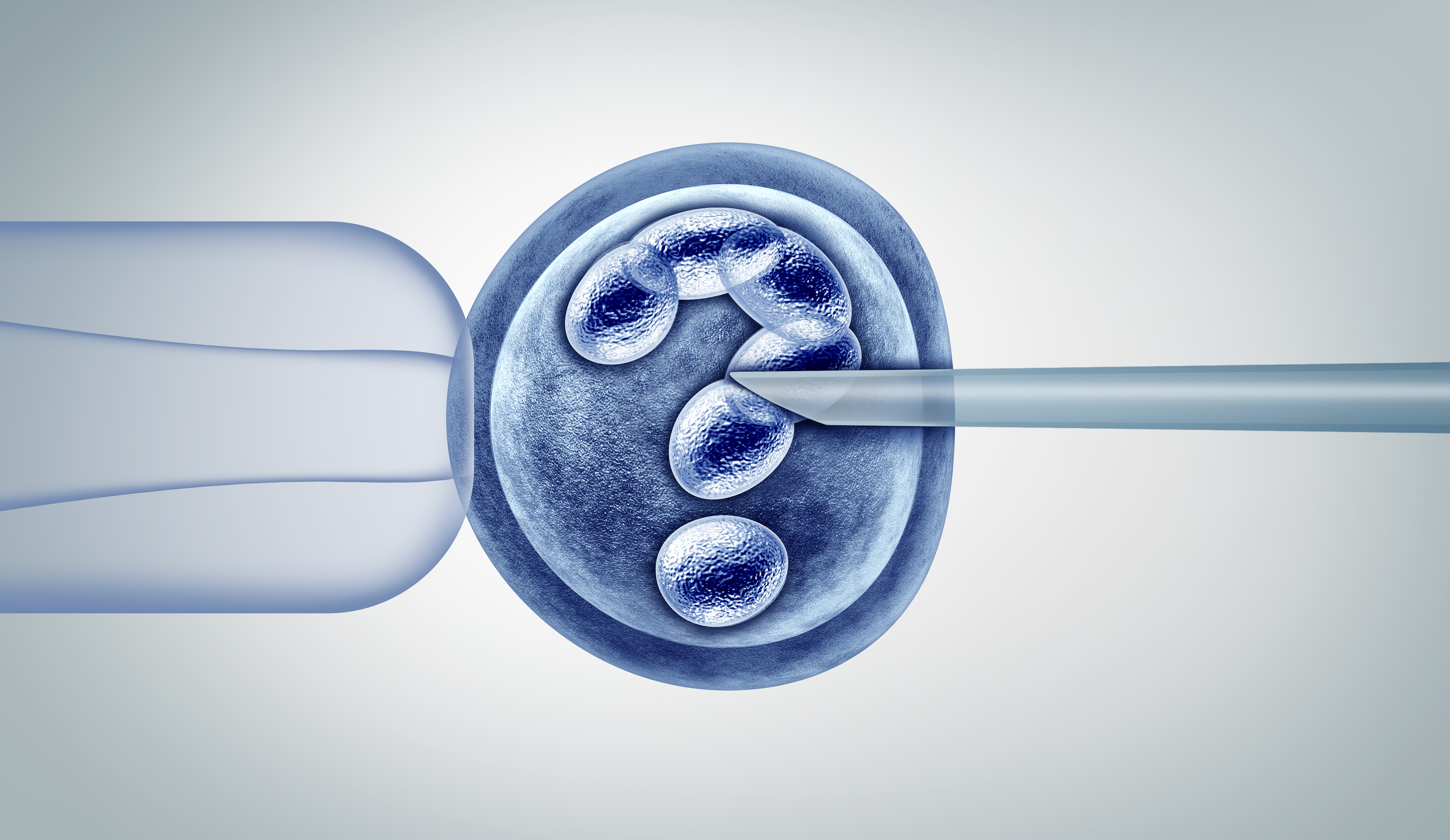Aggregated News

Christian Kramme grew up in a big family, the youngest of seven kids raised in California’s Santa Clarita Valley. By the time he moved across the country to do a PhD in George Church’s lab at Harvard, his siblings were already trying to start families of their own. And some of them were struggling. So when Church, the legendary geneticist and cell engineer, asked Kramme what he wanted to work on, he decided to swing big; he wanted to make eggs. Human eggs. From scratch.
“There was really no precedent in his lab,” said Kramme. “When I arrived, not a single person there was working on reproduction.”
But there was something of a blueprint for what he was after.
Starting about a decade ago, scientists in a handful of developmental biology labs around the world began cataloging the complex chemical recipe an embryo uses to make gametes — sperm or egg cells — with the idea that if they could copy it, they could coax any cell along the same path. Working mostly in rodents, these pioneers in so-called...



